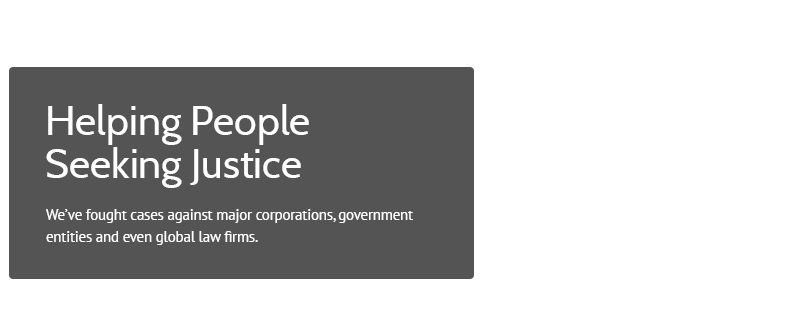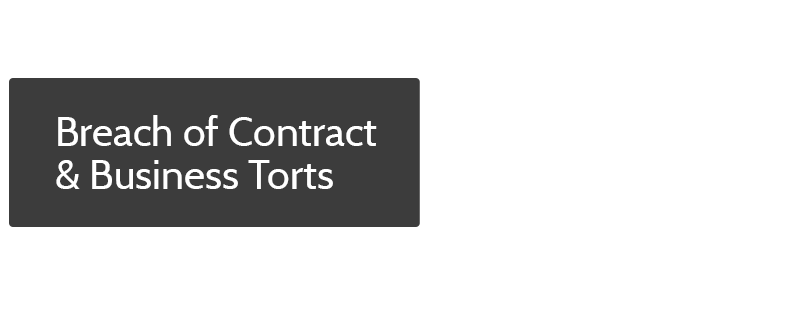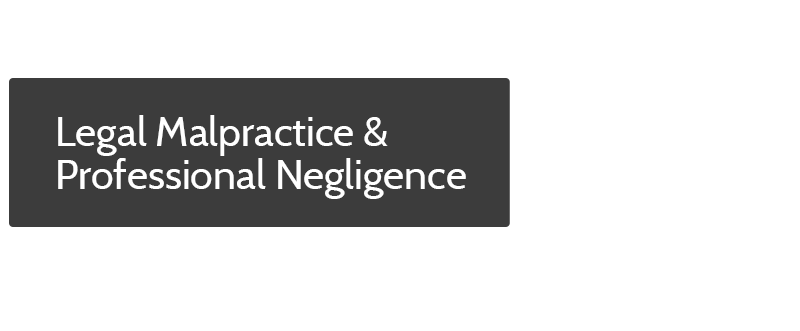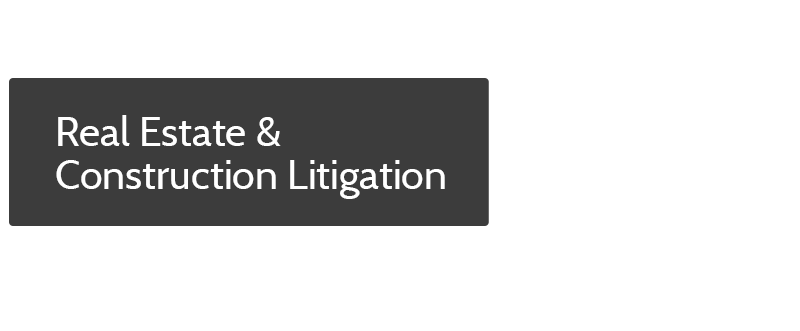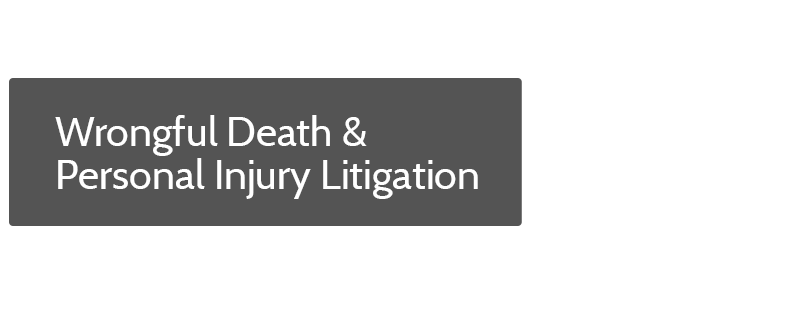Proving Causation of Injuries on Public Lands
AS IN OTHER INJURY CASES, PLAINTIFFS MUST PROVE THEIR INJURIES WERE CAUSED BY THE HAZARDOUS CONDITION ON PUBLIC LANDS.
Even if a plaintiff complies with the relevant claim presentation procedures, properly pleads each element of his or her case, and proves the existence of a dangerous condition on public lands, the plaintiff must still prove liability (and damages) in order to recover.
Courts will not impose liability, or order a defendant (governmental or otherwise) to pay damages, unless the plaintiff can prove the dangerous condition was the cause of the plaintiff’s injury.
Although the dangerous condition does not need to be the “sole” cause of the plaintiff’s injuries, the defendant’s conduct must be a substantial factor in causing the harm.
THE PLAINTIFF MUST HAVE SUFFERED AN ACTIONABLE TYPE OF HARM IN ORDER TO SUE A PUBLIC ENTITY DEFENDANT FOR HARM SUFFERED ON PUBLIC LANDS
The types of injury considered “actionable” (sufficient to sustain a cause of action for injury against a public entity defendant) include personal injury, death, damage to property, loss of property, and damages to a plaintiff’s feelings, reputation, and character. (These damages are set forth in Government Code Section 818.8).
Since similar types of harm will support an action against a private defendant, plaintiffs’s claims with regard to the type of harm suffered on public lands are fairly similar to those claimed (and suffered) in premises liability actions against private defendants. This makes sense, because the types of injuries that people suffer due to dangerous conditions on property are similar, regardless of whether the injury occurred on public or privately-owned land.
However, the other elements of a claim against a public entity (or government) defendant vary substantially from the elements of a claim against a private defendant. Plaintiffs need to approach lawsuits against public defendants carefully, and only with the assistance of experienced legal counsel. Special legal requirements, different statutes, and the need to overcome the general rule of governmental immunity make suing a public entity significantly different (and often more complex) than bringing a lawsuit against a private individual or corporate entity. Also, the government isn’t always “responsible” for injuries that occur on public land, any more than a private individual is always liable for harm that occurs on private property.
Injured plaintiffs should always consult a lawyer immediately (or as soon as possible after injury) to ensure proper treatment of their legal rights and claims.
***
Disclaimer: THIS ARTICLE IS FOR INFORMATIONAL PURPOSES ONLY, AND DOES NOT CONSTITUTE LEGAL ADVICE OR CREATE AN ATTORNEY-CLIENT RELATIONSHIP BETWEEN THE AUTHOR AND ANY PERSON. Your rights and experiences may vary. Never use an online article (including this one) to evaluate your legal claims. Speak with an experienced lawyer promptly to obtain a personalized evaluation of your claims, possible damages, and options. You may lose or compromise your rights if you delay in consulting legal counsel. Negligence and premises liability claims are complicated and fact-dependent. If you believe you have a claim against a property owner who permitted or failed to repair a dangerous condition, or any other type of legal claim, consult an experienced lawyer immediately for an evaluation of your possible rights and claims.




